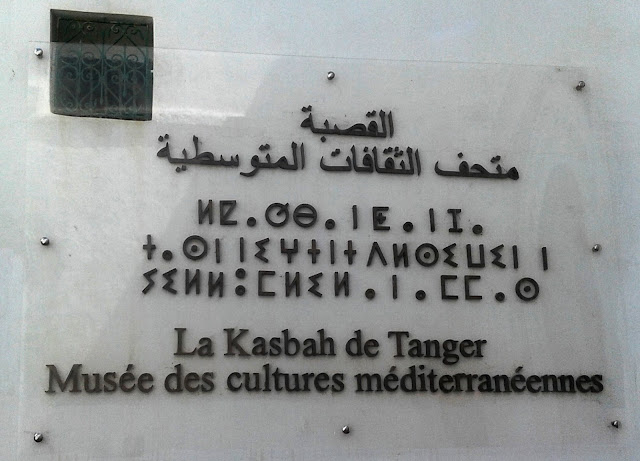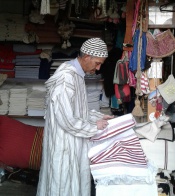Moroccan recipe: Tagine with peas and artichokes hearts

Tagine with peas and artichokes Are all tagines good for your health? The short answer is: yes and no. Yes because traditionally, the basic ingredients used in a tagine are good: vegetables, meat (formerly not genetically modified), onion, garlic, coriander, parsley, lemon, ginger , turmeric, olive oil, etc. No because of the nature of the olive oil used and the cooking of this oil. We therefore recommend the use of extra virgin olive oil which is not older than 1 year. In addition, the oil should not fry (which unfortunately many do to make the sauce well caramelized). Always make sure that the sauce (which includes the oil) is simmering in water. The tagine that I offer you today combines freshness (vegetables of the season in Morocco), taste and health: Tagine with peas and artichokes . Recipe Tagine with peas and artichokes hearts Ingredients for 4 persons: Half a kilo of meat, ideally tender. 1 medium onion, finely chopped. 4 medium-sized crushed garlic cloves.





